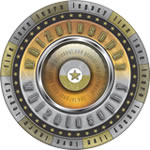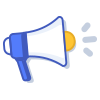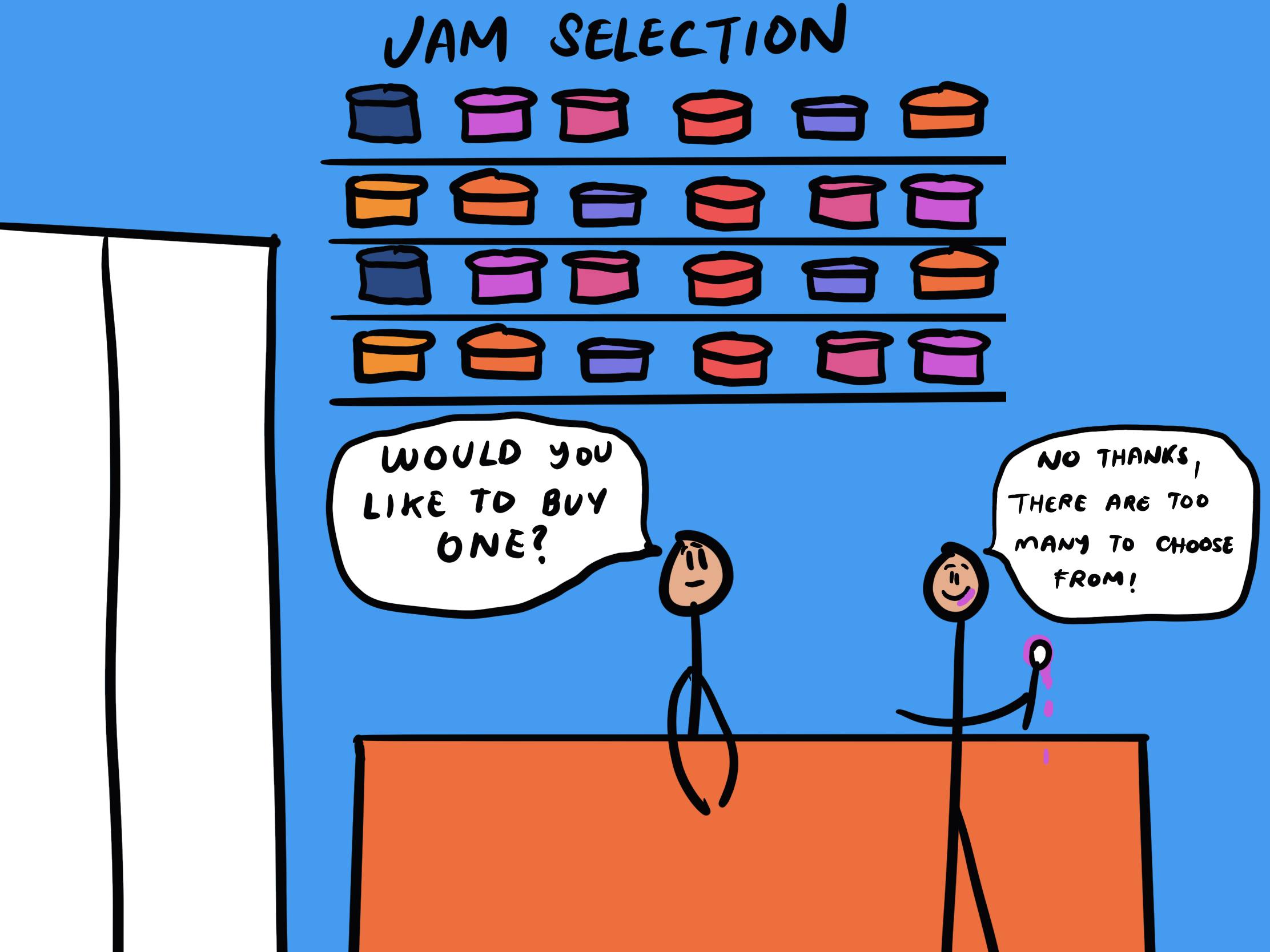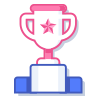- Abuse & The Abuser
- Achievement
- Activity, Fitness & Sport
- Aging & Maturity
- Altruism & Kindness
- Atrocities, Racism & Inequality
- Challenges & Pitfalls
- Choices & Decisions
- Communication Skills
- Crime & Punishment
- Dangerous Situations
- Dealing with Addictions
- Debatable Issues & Moral Questions
- Determination & Achievement
- Diet & Nutrition
- Employment & Career
- Ethical dilemmas
- Experience & Adventure
- Faith, Something to Believe in
- Fears & Phobias
- Friends & Acquaintances
- Habits. Good & Bad
- Honour & Respect
- Human Nature
- Image & Uniqueness
- Immediate Family Relations
- Influence & Negotiation
- Interdependence & Independence
- Life's Big Questions
- Love, Dating & Marriage
- Manners & Etiquette
- Money & Finances
- Moods & Emotions
- Other Beneficial Approaches
- Other Relationships
- Overall health
- Passions & Strengths
- Peace & Forgiveness
- Personal Change
- Personal Development
- Politics & Governance
- Positive & Negative Attitudes
- Rights & Freedom
- Self Harm & Self Sabotage
- Sexual Preferences
- Sexual Relations
- Sins
- Thanks & Gratitude
- The Legacy We Leave
- The Search for Happiness
- Time. Past, present & Future
- Today's World, Projecting Tomorrow
- Truth & Character
- Unattractive Qualities
- Wisdom & Knowledge



FOLLOWERS
Users
Happiness Tuesdays
Freedom To Choose
As I walked through the grocery store earlier this week, I was overwhelmed with the amount of choices that I had to make. Which brand of jam should I buy? Which granola bars are the healthiest? Is dairy milk or nut milk the right choice for my family?
The freedom to choose that we have is really a wonderful thing, but sometimes it can actually make life more difficult.When there are too many options, it can lead to analysis paralysis, where the sheer volume of choices prevents us from making any decision at all. Or, even worse, it can lead to buyer's remorse, where we second-guess our choices and wonder if we made the "right" one. This can be especially true for bigger life decisions, like choosing a career, a partner, or where to live. The pressure to make the perfect choice can be immense, and the fear of making the wrong one can be exhausting and demoralizing.
Sometimes that is what happens to me at the grocery store. I end up standing in the aisle for way too long trying to decide which product to buy because there are just too many choices and my brain cannot cope.
However, the freedom to choose is also a gift that we have in the developed world. It allows us to express our individuality, pursue our passions, and shape our lives because we have the power to make choices. It's in the act of choosing that we truly become agents of our own lives.
The challenge then, is how to choose without becoming overwhelmed. One strategy that I use sometimes is to limit my own options. For example, instead of endlessly browsing every brand of jam, I pick a brand that I know and trust, and then simply choose the flavor. I limit my options before I get to the jam aisle. For bigger decisions, I typically tend to research and gather information and set myself a deadline for making a choice and stick to it. I often have to remind myself that perfection doesn’t exist - it’s simply making the best decision with the information that I currently have.
Ultimately, the freedom to choose is a double-edged sword. It offers us incredible opportunities for personal growth and fulfillment, but it also places a significant burden of responsibility on our shoulders. If you are struggling with too many choices, try to set yourself some parameters so that you don’t end up in paralysis.
Interesting Fact #1
Researchers from several universities have determined that even though humans' ability to weigh choices is remarkably advantageous, it can also come with some serious liabilities. People faced with numerous choices, whether good or bad, find it difficult to stay focused enough to complete projects, handle daily tasks or even take their medicine.
Interesting Fact #2
Researchers determined that making a few enjoyable decisions, such as spending four minutes selecting items for a gift registry, was shown to be less mentally draining than when participants spent 12 minutes doing the same task.
Interesting Fact #3
Evidence suggests that “choice overload” in adults can lead to less satisfaction with a final choice, or the inability to make a choice at all.
Quote of the day
“You cannot control the behavior of others, but you can always choose how you respond to it.” ― Roy T. Bennett
Article of the day - The Paradox of Choice
What is the Paradox of Choice?
The paradox of choice is a concept introduced by psychologist Barry Schwartz which suggests that the more options we have, the less satisfied we feel with our decision. This phenomenon occurs because having too many choices requires more cognitive effort, leading to decision fatigue and increased regret over our choices.

The Basic Idea
Imagine that you need milk, so you go to the grocery store to pick some up. When you get to the dairy aisle, you see that there are dozens of options. These days, not only do you have to make a decision on the percentage of fat you want (1%, 2%, skim, etc.), but also what source you want your milk to be coming from: cows, almonds, soybeans, oats…the list goes on. Almost dumbfounded, you stand in front of the aisle and have no idea what milk to pick. There are so many choices that you are overwhelmed.
This phenomenon is known as the paradox of choice, and it is becoming a concern in the modern world, where more and more options are becoming easily available to us. If we only had to choose between 1% and 2% milk, it would be easier to know which option we prefer since we can easily weigh the pros and cons. When the number of choices increases, so does the difficulty of knowing what is best. Instead of increasing our freedom to have what we want, the paradox of choice suggests that having too many choices actually limits our freedom.
“
Learning to choose is hard. Learning to choose well is harder. And learning to choose well in a world of unlimited possibilities is harder still, perhaps too hard.
– Barry Schwartz in his book The Paradox of Choice1
Key Terms
Choice Overload: The tendency for people to get overwhelmed when they are presented with a large number of options, often used interchangeably with the term paradox of choice.
Maximizer: An individual who seeks out the most optimal (maximum utility) outcome when making a decision.2
Satisficer: an individual who is more concerned about making a decision that is ‘good enough’ and fulfills their desired criteria instead of making the best decision.2
Choice Architecture: Techniques that are implemented to organize the context under which people make decisions in order to influence them to make certain decisions.3 For example, changing how choices are presented to consumers could help reduce overwhelm without infringing on their individual freedom.
Second-Order Decisions: Decisions people make to simplify future decisions. These initial choices act as a strategy to make ordinary decision-making easier or simpler, like establishing a regular breakfast routine so you don’t have to decide what to eat every morning.4
Opportunity Cost/Missed Opportunities: The costs or benefits of options that are not chosen when you make a certain choice. Choosing one option often means sacrificing another, but hypothesizing about missed opportunities can be mentally costly to calculate when facing an overwhelming number of choices.5
History
The paradox of choice was popularized by American psychologist Barry Schwartz when he published his book, The Paradox of Choice: Why More is Less, in 2004. Schwartz, who has long studied the ways in which economics and psychology intersect, became interested in seeing the way that choices were affecting the happiness of citizens in Western societies. He identified that the range of choices that we have available to us these days is far greater than people had in the past; however, consumer satisfaction has not increased as much as traditional economics theories might expect.6
One of the central tenets of western societies, especially America, is freedom. This freedom is often associated with choice, with a belief that greater choice is equated to greater freedom. This logic is easy to follow: instead of being forced to choose between one or two different options, people have the freedom to choose between an almost unlimited number of options. Businesses and corporations often also follow this ideology, believing that more choices will lead to greater customer utility.7
However, Schwartz found that having this unparalleled plethora of choice in the modern world was actually causing people to be less happy with their decisions. He found that instead of increasing decision satisfaction, having too many options made people less likely to be satisfied that they had made the best decision. While freedom is important, Schwartz explains that there is a fine line between having the freedom to choose what you want and being paralyzed in the face of too many options. In his paper “Doing Better but Feeling Worse” that came out in the same year as his book, Schwartz and co-author Andrew Ward claimed that “unconstrained freedom leads to paralysis.” (1)5
The Original Paradox of Choice Study
The study that initially sparked Barry Schwartz’s interest in the matter was conducted by Sheena Iyengar and Mark Lepper—also important figures in behavioral science—in 2001.10 In their paper “When Choice is Demotivating: Can One Desire Too Much of a Good Thing”, Iyengar and Lepper outlined an experiment they conducted where too many options caused consumers to be less likely to buy a product, although they did not coin this phenomenon as the paradox of choice.10
In their study, Iyengar and Lepper wanted to see how the volume of choice impacted consumer behavior. In the first variable, shoppers at a grocery store encountered a display table with gourmet jam. If shoppers tasted at least one jam (they were free to try as many as they liked), they were given a $1 discount coupon to use to purchase any jam. In the extensive-choice condition, the display table had 24 different varieties of gourmet jam. In the limited-choice condition, the display table had only six different varieties of gourmet jam.

Iyengar and Lepper measured both the number of individuals in each condition that visited the display table and tried jams and how many consumers in each condition actually made a purchase. The psychologists found that while more shoppers that passed the display table with 24 jams stopped to try when compared to the number of individuals who stopped at the display table with six jams, people in the limited-choice condition were actually more likely to make a purchase. The researchers concluded that while an abundance of options might initially seem attractive to consumers, having too many options might actually cause someone not to make any decision at all.10
People
Barry Schwartz
Schwartz is a Professor of Social Theory and Social Action at Swarthmore College who popularized the concept of the paradox of choice. In his book, The Paradox of Choice: Why More is Less, he explores the profound challenges people face when confronting overwhelming options and offers practical steps to help readers limit their choices and derive greater satisfaction from their decisions.5 Schwartz is known for critiquing the rational economic model of human behavior—which assumes that more choice leads to better outcomes, overlooking the psychological complexities of human decision-making.
Sheena Iyengar
Expert on choice and best-selling author of The Art of Choosing, Iyengar has significantly contributed to studying human decision-making.13 Her research on choice regularly appears in books and major news outlets such as the New York Times, Wall Street Journal, and The Economist, and she has received several awards for her work. Iyengar is the S.T. Lee Professor of Business in the Management Division at Columbia Business School, where she teaches courses on leadership, decision-making, and behavioral economics.
Question of the day - How do you handle situations where you have too many choices, and how do you ensure you don't get overwhelmed?
Rights & Freedom
How do you handle situations where you have too many choices, and how do you ensure you don't get overwhelmed?









